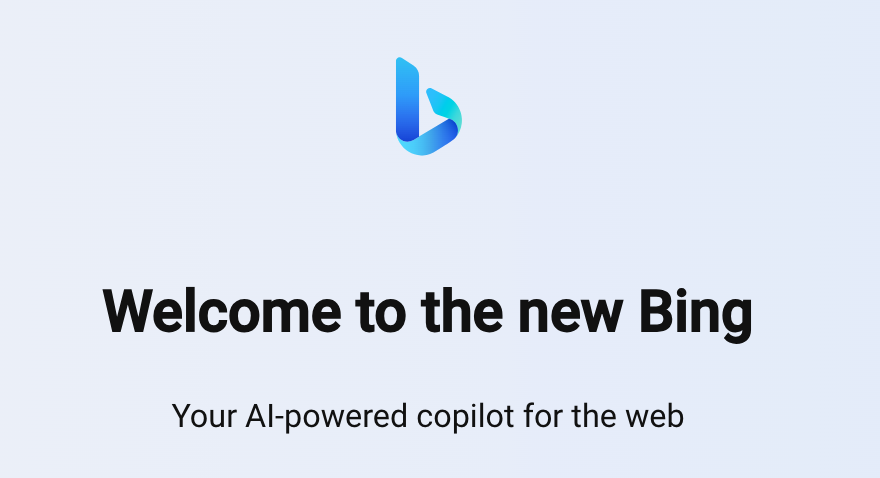
The Technology Acceptance (TAM) Model stipulates two major facets that lead users to use and accept technologies. It consists of perceived ease of use and perceived usefulness that influences intention to use and, ultimately, actual usage. With this in mind, I wanted to experiment with Bing AI, which I have not done before, to reflect on my experience with its interface.
I started by asking ‘What is the technology acceptance model?’. To which I was presented with theoretical information about it. What caught my attention was the following: hyperlinks for certain parts of the explanation, a ‘learn more’ element with additional linked resources, suggested follow-up questions, and a generally appealing interface. From this, the question arises of how much of the acceptance is attributable to its looks, and how much to how easy it is to use and navigate the tool.
The aforementioned elements have all targeted what I felt was lacking upon using Chat GPT, I was able to see where the information was coming from, despite questionable credibility, and the follow-up questions would allow for directing continued research. I also much preferred the text separation from the background in terms of the colours, which is a known UI design standard. Moreover, the ability to adjust the theme and appearance mode highlighted the customer-centric personalisation that Bing AI is aiming to provide. Considering the content itself, it provided a decent starting point as to the main ideas of the TAM model and the revisions made. However, a down point was the conversation limit in which the conversation had to be sweeped. This would not allow me to ask a large number of follow-ups and keep the output stored for easy access, relative to Chat GPT.
Referring back to the question posed in the title, do humans only care about looks, and considering the interface of Bing AI, a large attribution to technology acceptance is its functionality and the ability to easily navigate it. In my experience, it would act as a buffer for less aesthetic user design. However, it is important for practitioners to hold both aspects in alignment, in addition to considering more recent influential factors on technology acceptance.
